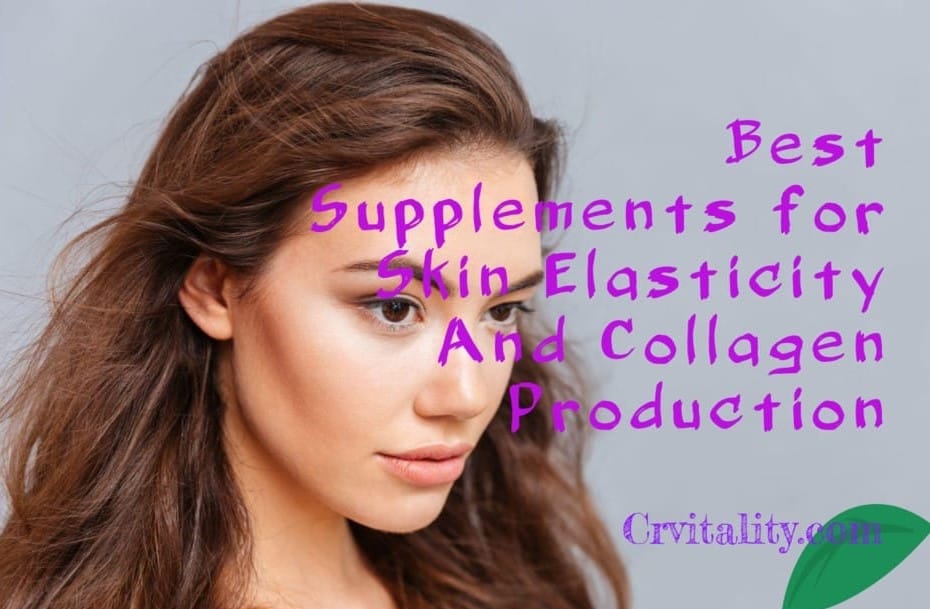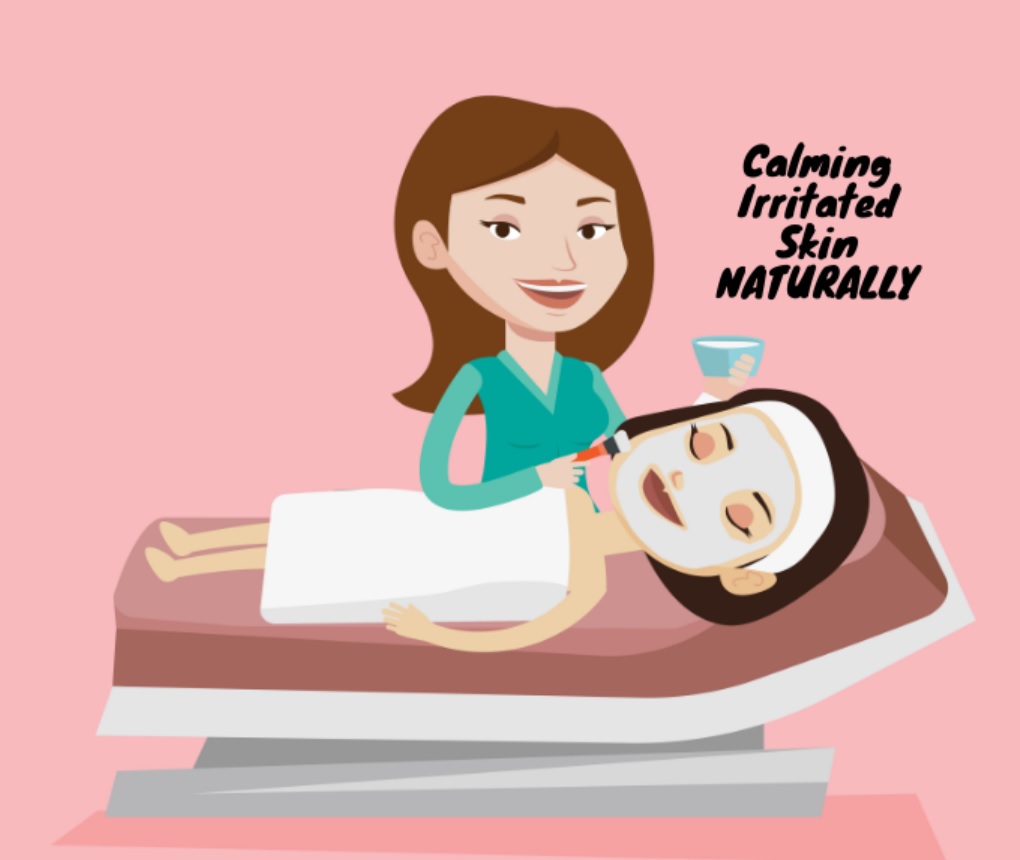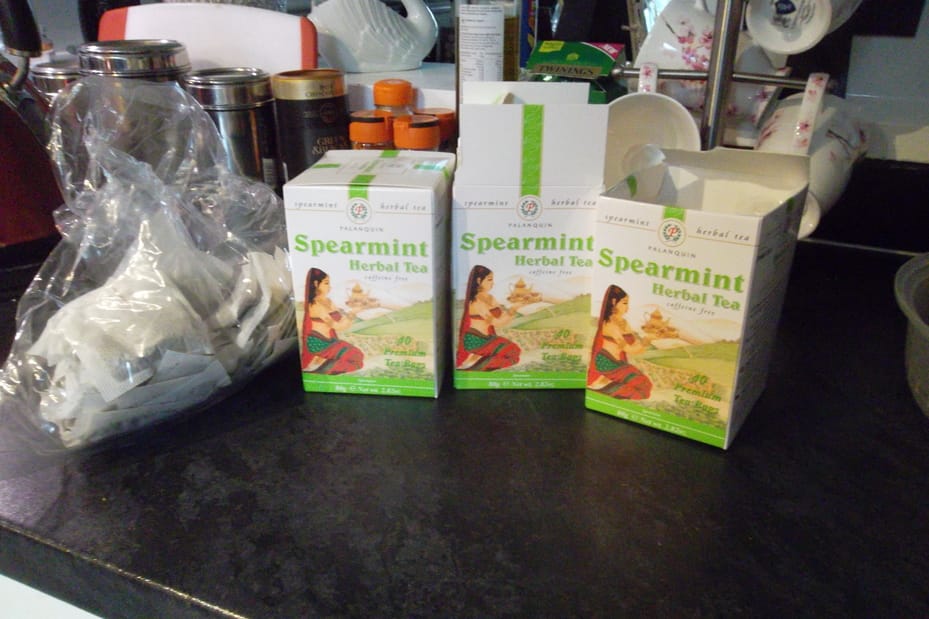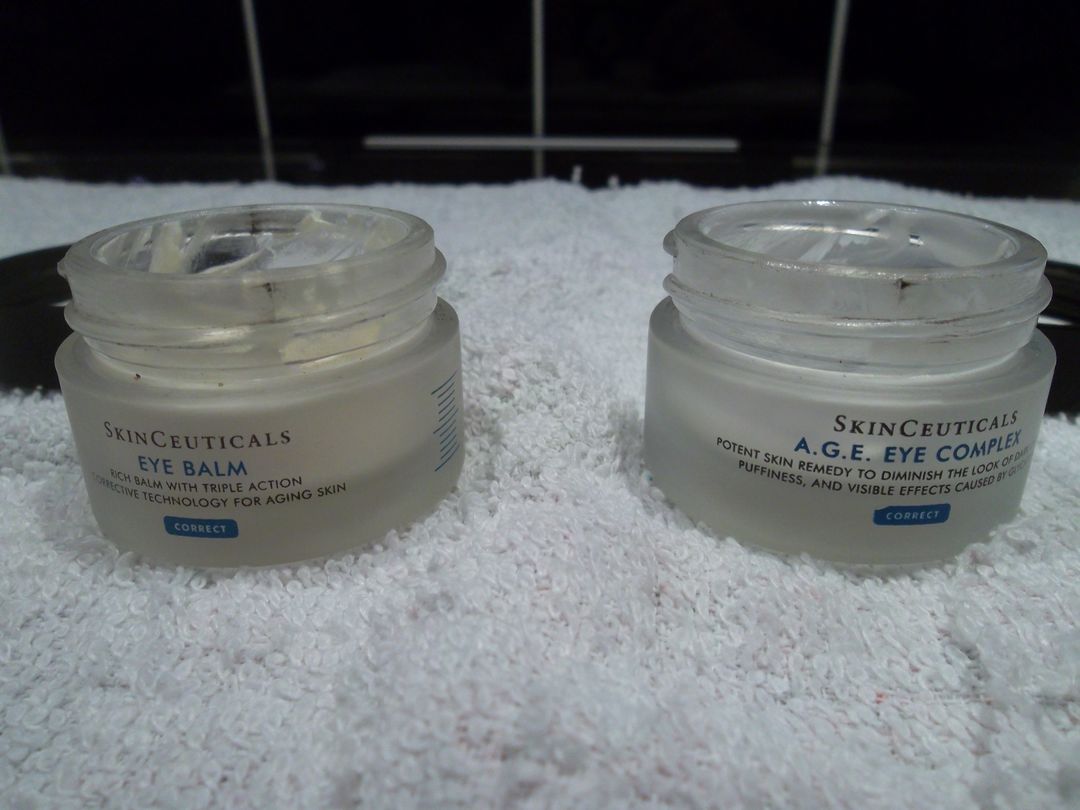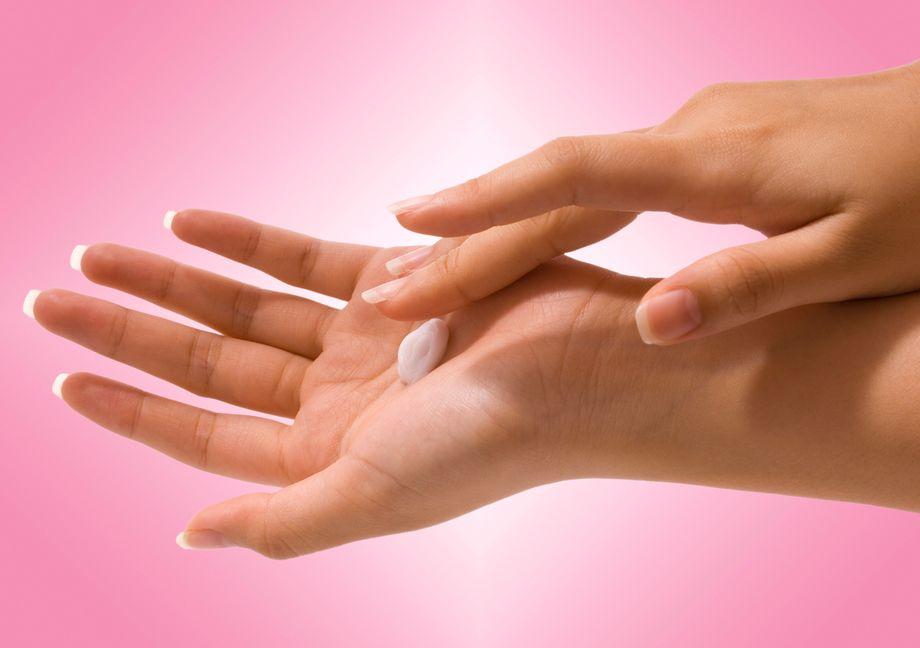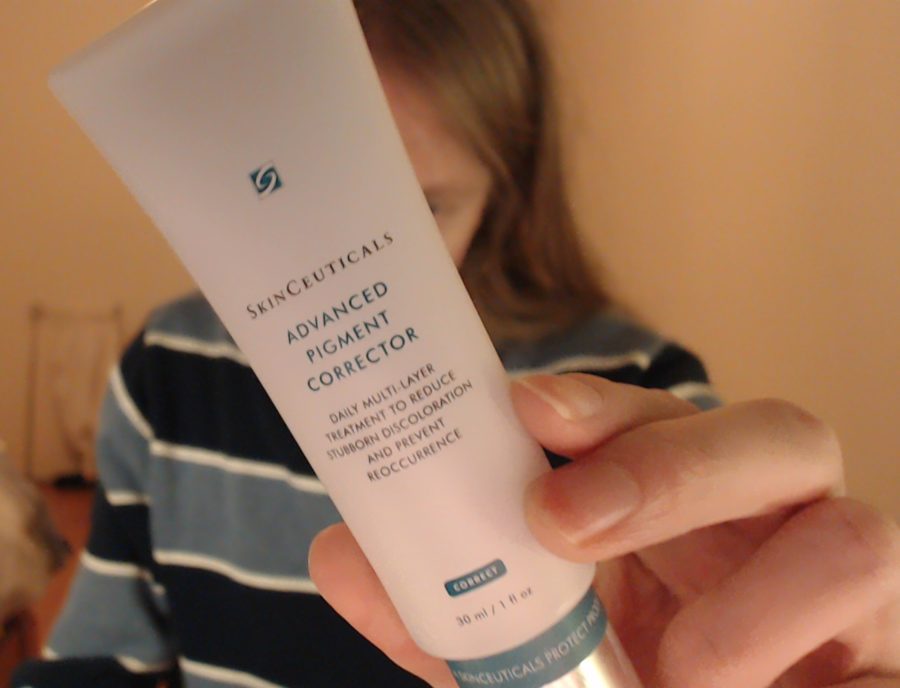Disclosure: This article may contain affiliate links. If you decide to make a purchase, I may make a small commission at no extra cost to you.
Ascorbic Acid and Sodium Ascorbyl Phosphate are two forms of Vitamin C that are used in skin care products aimed at boosting collagen synthesis and reversing signs of damage and aging in the skin. Both have their advantages and disadvantages when it comes to stability, cost, and effectiveness. In this article, I will look at which is the best form of vitamin C based on your needs.
Vitamin C is an active ingredient that is used in many different skin care products on the market because it’s well-tolerated, even on sensitive skin, and big improvements can be seen in as little as 12 weeks with continued use. As someone who has been using vitamin C serums since 2009, I can attest to the positive benefits of using vitamin C on the skin.
If you are interested in keeping your skin looking young, I recommend that everyone starts off with a vitamin C serum because they don’t tend to irritate the skin as much as some skincare products like retinoids (another popular collagen boosting ingredient).
If you look in any high street store, online, or dermatology office, you’ll notice that there is a big price difference between the serums available.
While some serums such as SkinCeuticals CE + Ferulic and CE + Phloretin are quite expensive and considered a professional-grade product, there are cheaper vitamin C serums on the market that contain other forms of vitamin C such as Sodium Ascorbyl Phosphate. But are they equally as effective and which one should you use?
While the marketing hype might lead you to believe that cheaper serums are just as effective and that you’ve landed yourself a bargain, the reality is a little bit different. I mean, if it’s too good to be true, then it probably is, as the saying goes.
So, let’s explore some of the evidence behind each of these ingredients to find out the answer.
Sodium Ascorbyl Phosphate vs Ascorbic Acid: Which is better for your skin?
Currently, there is a lot more evidence behind ascorbic acid in treating photodamage and the correction of skin conditions such as hyperpigmentation, fine lines, wrinkles, with improvements leveling off at a concentration of around 20% ascorbic acid [1, 2].
Where sodium ascorbyl phosphate (SAP) shines is in preventing and treating acne. It’s also easier to incorporate into products because it’s more stable than ascorbic acid when in solutions that have a pH 6 – 7. Due to the pH of these serums, SAP may be more suitable for people who have extremely sensitive skin and have acne, than using ascorbic acid due to the potential of irritation [3].
SAP can also be used in solutions with up to 64% in water and 13.2% in glycerol. Many vitamin C products contain between 10-22% sodium ascorbyl phosphate.
And while there is some evidence published that SAP is able to reduce melanin production, reduce erythema, has a skin lightening effect, and it protects against UV damage [4–5], it has not been shown to boost collagen synthesis in humans yet.
However, a study looking at the required amount of sodium ascorbyl phosphate to boost collagen synthesis found that you require tenfold greater concentration to produce the same effect as ascorbic acid [6].
Therefore, before considering choosing SAP for ‘anti-aging’, we need human data to demonstrate efficacy as has been shown with ascorbic acid [7]. But using it to help treat other skin conditions might be cost-effective and preferable for some people who cannot afford the more expensive skin serums
So let’s summarize a few of the benefits and drawbacks for each form of vitamin C.
| Evidence | Ascorbic Acid | Sodium Ascorbyl Phosphate |
| Boosts Collagen | Yes | No evidence in humans |
| Photoprotection | Yes | Yes (animal data) |
| Lightens skin and hyperpigmentation | Yes | Yes |
| Improves fine lines and wrinkles | Yes | No evidence in humans |
| Reduces inflammation | Yes | Yes |
| Irritates skin | Yes at a high percentage | No |
| Improves acne | Yes | Yes |
As you can see, both of these forms of vitamin C share similar capabilities for improving the skin, but ascorbic acid is more effective, even at lower concentrations compared to sodium ascorbyl phosphate. To boost the effectiveness of SAP, vitamin E can be added and is proven to have a synergistic effect.
That being said, there has not been a direct comparison of these two forms of vitamin C in a double-blind, placebo-controlled study. But we can assume based on the current evidence and data, that ascorbic acid when stabilized properly, is a more effective ingredient to use for vitamin C based skin serums.
Conclusion
Trying to pick the best skincare product can be difficult, especially when the marketing claims behind each product can make you believe that cheaper versions of these serums are just as effective as the more premium products.
Unfortunately, the evidence behind sodium ascorbyl phosphate being an effective anti-aging solution is limited. Nevertheless, there are some benefits which can be derived from using these cheaper and more stabilized forms of vitamin C.
SAP is cheaper and still effective for some conditions such as acne, redness, photoprotection, and hyperpigmentation. So if you’re a bit tight on money and still want to get some of the benefits of using a vitamin C serum, going with serums that contain SAP can definitely be a good option.
If you want to use a proven ingredient that boosts collagen synthesis and is able to reverse some of the signs of aging such as fine lines and wrinkles, as well as enjoying the other benefits, your best option is to choose a high-quality serum that contains ascorbic acid.
My favorite skin serums are SkinCeuticals CE Ferulic, and the formulation with Phloretin, which has been proven to be effective in multiple clinical trials. Improvements in your skin can be seen in as little as 4 weeks, but you may continue to see improvements for up to a year after you start using vitamin C on your skin.
